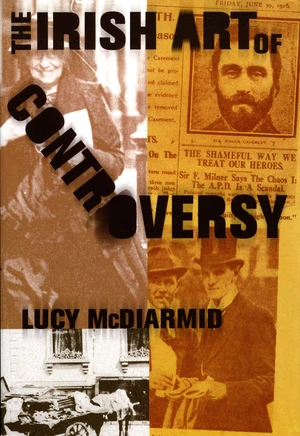Controversies are high drama: in them people speak lines as colourful and passionate as any recited on stage. In the years before 1916, public battles were fought in Ireland over French paintings, Dublin slum children, and theatrical censorship. Controversy was âpopular,â wrote George Moore, especially âwhen accompanied with the breaking of chairsâ. In her new book, Lucy McDiarmid gives a lively account of these and other controversies. They offered to everyone direct or vicarious involvement in public life: the question they articulated was not âIrish Ireland or English Irelandâ but whose âIrish Irelandâ would dominate when independence was finally achieved. The Irish Art of Controversy recovers the histories of âthe man who died for the language,â Father OâHickey, who defied the bishops in his fight for the Irish language; Lady Gregory and Bernard Shawâs defence of the Abbey Theatre against Dublin Castle; the 1913 âSave the Dublin Kiddiesâ campaign, in which priests attacked socialists over custody of Catholic children; and the contested Hugh Lane Bequest to Dublin of thirty-nine Impressionist masterpieces. Roger Casement forms the subject of the last chapter, which offers the definitive commentary on the long-lasting controversy over his diaries. In its original treatment of what Yeats called âintemperate speechâ, The Irish Art of Controversy suggests new ways of thinking about modern Ireland and about controversyâs bluff, bravado and improvisational flair.
Price history
Feb 27, 2022
€3.42

